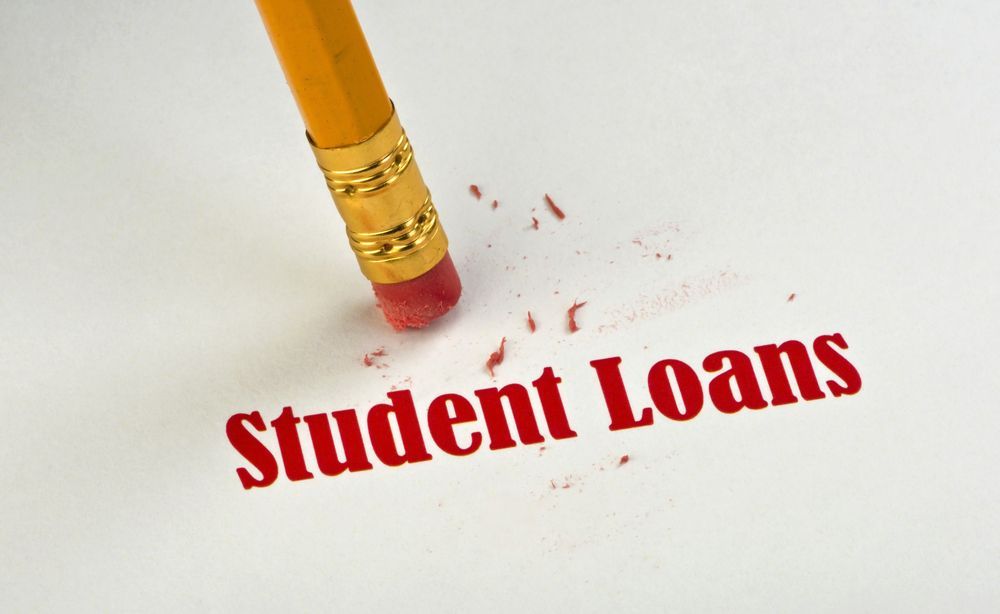Bankruptcy Relief
History Of Student Loans In Bankruptcy
Student loans are money that people borrow to pay for their education. Usually, people have to pay back their student loans even if they file for bankruptcy. Bankruptcy is when someone asks for the Court’s help because the debtor cannot pay their debts in a reasonable time, and are facing harsh actions from their creditors. Sometimes, people can get rid of some of their debts in bankruptcy, but not student loans. This is because the government thinks that student loans are good for society and should not be easily forgiven. Critics worry that easier bankruptcy discharge could lead to moral hazard, encouraging borrowers to take on more debt with the expectation of discharge. It could also discourage lenders from providing student loans to students in the future, according to procon.org. And, big surprise, creditors agree that discharges of student loans should not be available. The amounts borrowed tend to be large, and the discharge of such loans could very well affect the bank’s profitability.
The history of the dischargeability of student loans in chapter 7 cases is complicated and has evolved over the years. Chapter 7 is a type of bankruptcy that allows people to wipe out most of their debts. Before 1976, student loans could be discharged in chapter 7 like any other debt. But in 1976, Congress passed a law that made student loans non-dischargeable unless they had been due for at least five years or caused hardship. In 1990, Congress extended the five-year period to seven years. In 1998, Congress eliminated the seven-year period and made student loans non-dischargeable unless they caused hardship. In 2005, Congress expanded the definition of student loans to include private loans as well as federal loans.
However, there is a very rare exception for student loans. If someone can prove that paying back their student loans would cause them a lot of hardship, they might be able to discharge their student loans in bankruptcy. Discharge means getting rid of the debt and not having to pay it anymore. To prove hardship, they have to show three things: (1) they cannot afford a basic living standard if they pay their student loans; (2) their financial situation will not improve for a long time; and (3) they have tried their best to pay their student loans in the past. Prong 3 of this test often requires that debtors have unsuccessfully been able to manage or maintain Income-Contingent Repayment plans (ICR). It is very difficult in the Eastern District of Missouri that the 3 prongs will have been met.

I have helped thousands of people get out of debt and enjoy the stress relief that bankruptcy provides. I am a debt relief agency. I help people file for bankruptcy relief under the Bankruptcy Code. The choice of an attorney is an important one and should not be made based on advertising alone.
All Rights Reserved | Saint Louis Bankruptcy
